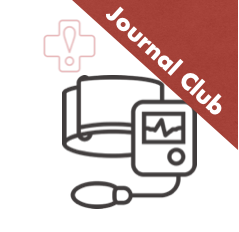Grand Rounds Recap 8.16.23
/Join us to summarize another fantastic series of Grand Rounds lectures. We start off with in-flight emergencies, including changes to physiology and what equipment is available to you on most commercial flights, with Dr. Urbanowicz. Followed by a literature-filled debate between Drs. Lane and McDonough on the utility of CT pan-scans in trauma patients. With the help of Dr. Shewakramani, we all learn how to better recognize and care for patients with sepsis. Meanwhile, Dr. Roche teaches us about all various bites/stings- including marine species, scorpions, and mosquitos! Lastly, Dr. Wright introduces us to the science of reliability and how to design processes in healthcare to be more reliable, with the ultimate goal of improving our care of patients.
Read More











